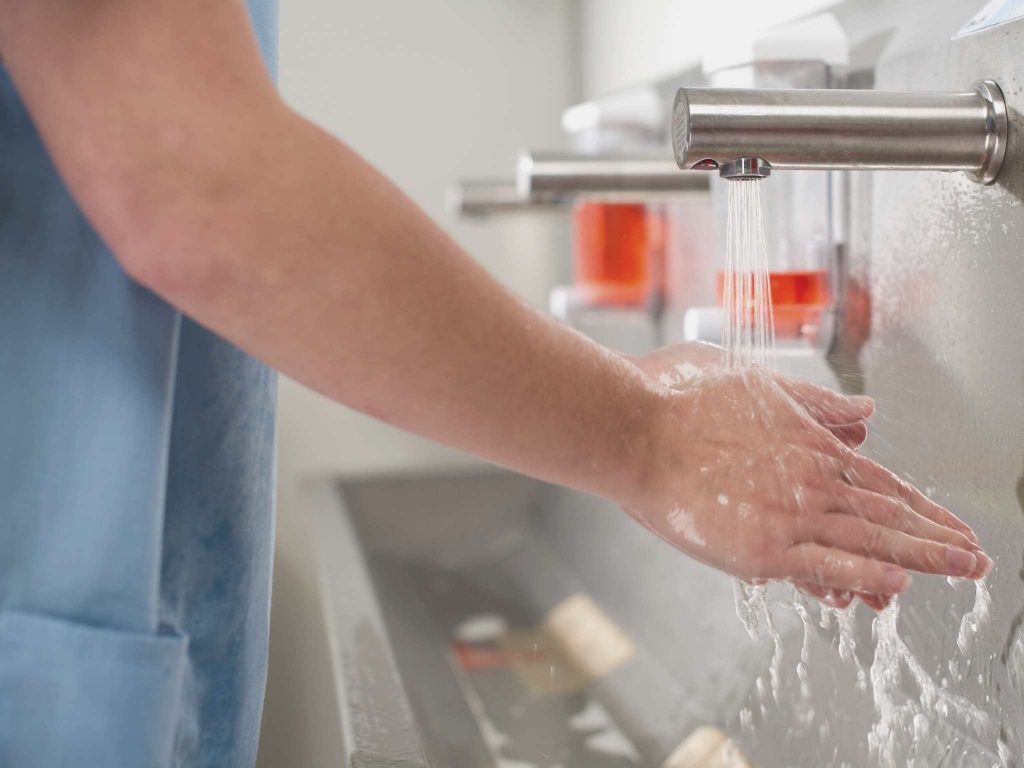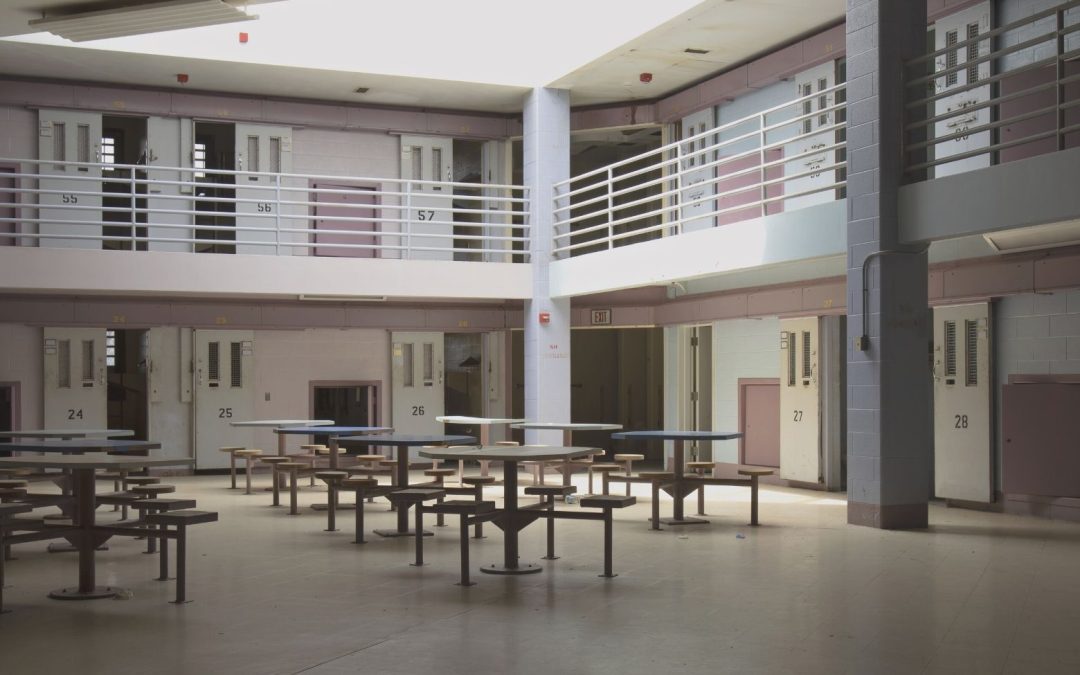What is a Leapfrog Hospital Safety Grade?
National non-profit organization dedicated to improving both the quality and safety of U.S. healthcare, The Leapfrog Group, has developed a biannual, safety-focused hospital ranking system that is actively being adopted by acute-care facilities across the country.
The Leapfrog Hospital Safety Grade ranks healthcare facilities by letter (A-F) solely based on patient safety through evidence, opportunities for improvement, and impact; from handwashing to HAIs, the score is designed to help patients determine which hospital they should visit.
It is safe to say that the better the facility’s grade is, the more desired it is to visit as a patient and work for as an employee.

Why Does This Matter?
There are several contributors as to why working in a highly ranked safety hospital matters.
To put it in perspective, a 2019 study from The Armstrong Institute for Patient Safety and Quality outlines the significant difference between the safest hospitals, and the most unsafe for patients.
For example, the study claims that patients at a B-ranked facility are at a 35% higher risk of an avoidable death, whereas those at a D or F-ranked facility are at a 92% higher risk.
Although these numbers are quite shocking, let’s dive deeper.
The Leapfrog Group highlights several statistics regarding patient death that I believe we all should be aware of. Out of the 250,000 deaths due to hospital errors, injuries, accidents, and infections every year, check out the following:
One out of every 25 patients will develop an infection while in the hospital that was preventable.
A Medicare patient has a 25% chance of experiencing injury, harm or death when admitted to a hospital.
In 24 hours, more than 1,000 people will die as a result of a hospital error that was preventable.
From evaluating MRSA infections, dangerous objects left in the body post-surgery, safe medication administration, bedsores, effective leadership to prevent errors, and so much more, this safety tool evaluates all levels of care that a patient will be exposed to throughout their hospital stay.
Of course, this is valuable information for a prospective patient seeking healthcare interventions, but this is also a great opportunity for nurses and physicians to see an insider’s perspective on patient outcomes.
If you are in the market for a new nursing job, I highly recommend adding this step into your research before applying; it truly might make the difference in the long run!







